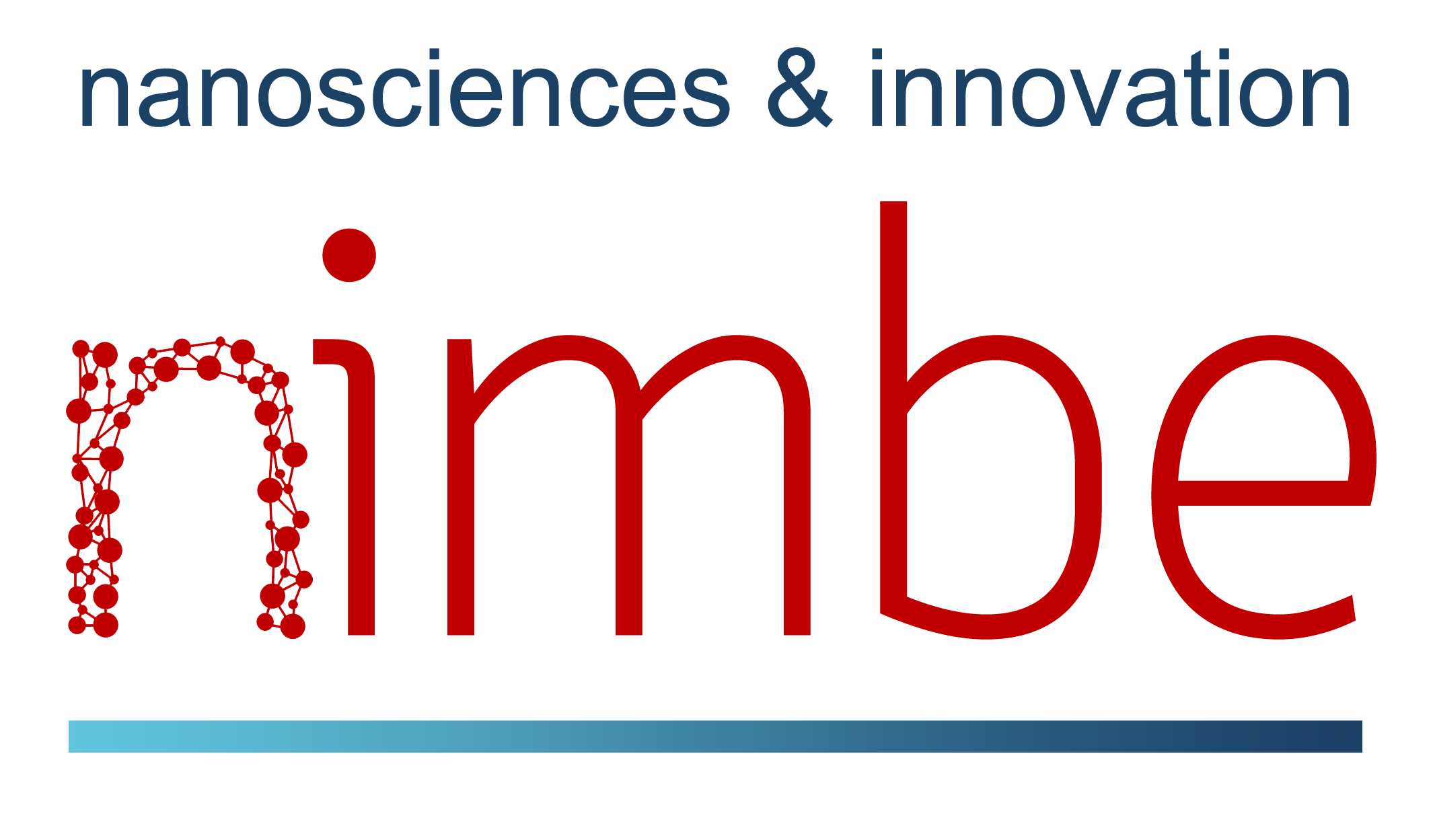Synthesis of crystalline uranyl ion coordination polymers with zwitterionic carboxylate ligands: comparing solvothermal and ambient conditions
Résumé
Two neutral, dizwitterionic dicarboxylates, N,N,Nʹ,Nʹ -tetramethylethane-1,2-diammonioacetate (L1) and biphenyl-4,4ʹ-diyl-bis(4-carboxylatopyridiniomethylene) (L2), have been used as ligands in syntheses of uranyl ion complexes which exemplify the effect of different reaction conditions. [UO 2 (L1)Cl 2 ]·H 2 O ( 1 ) has been crystallized at room temperature and is a simple monoperiodic coordination polymer. In contrast, [(UO 2 ) 4 (O) 2 (OH) 2 (C 2 O 4 )(L1) 2 ]·4H 2 O ( 2 ), obtained under solvo-hydrothermal conditions, contains a tetranuclear, bis(µ 3 -oxido)-bridged cluster resulting from uranyl hydrolysis, and additional oxalate coligands most likely due to oxidative degradation of L1, and it crystallizes as a diperiodic coordination polymer with tetranuclear nodes and the sql topology. The same arrangement is found in [(UO 2 ) 4 (O) 2 (OH) 2 (L2) 3 ](I 3 ) 2 ·6H 2 O ( 3 ), also synthesized under solvo-hydrothermal conditions, but here the more oxidation-resistant ligand does not generate oxalate, and replacement of the latter by neutral L2 bridges makes this complex cationic. The very large cells of the network in 3 (~ 22 Å × 39 Å) accommodate the triiodide anions formed in situ.
Domaines
Chimie| Origine | Fichiers produits par l'(les) auteur(s) |
|---|
